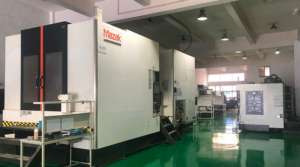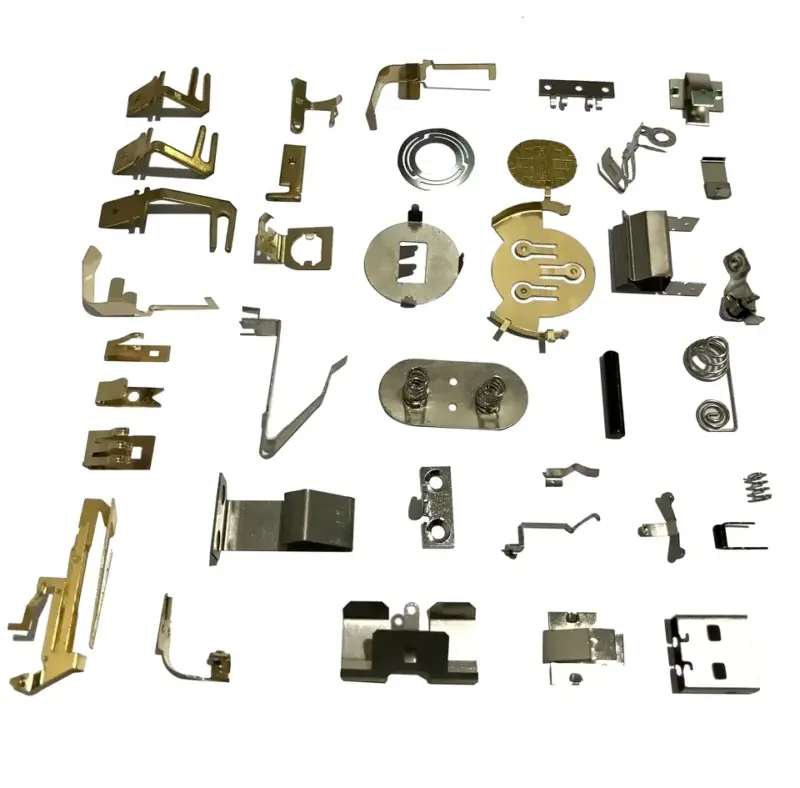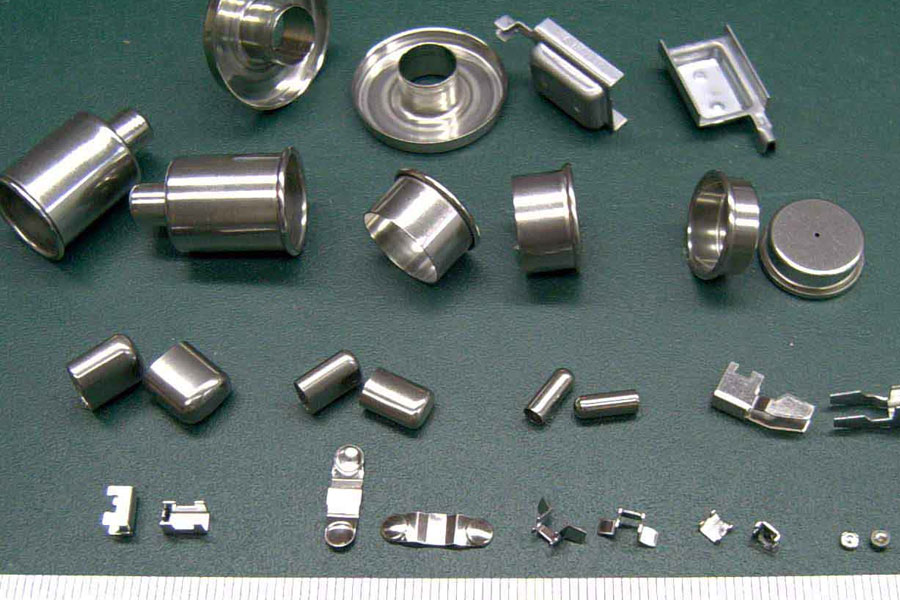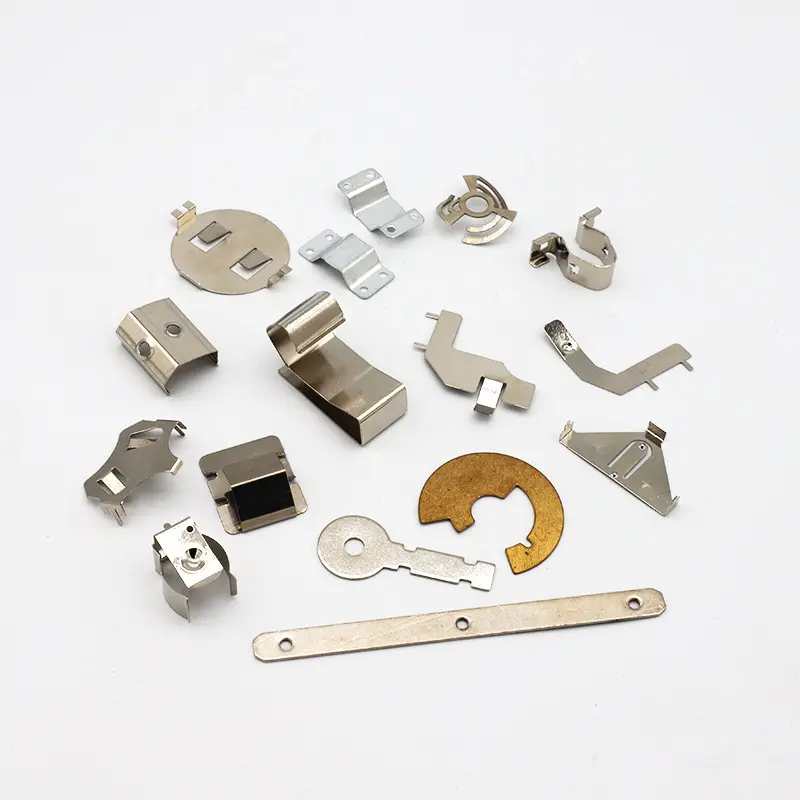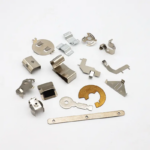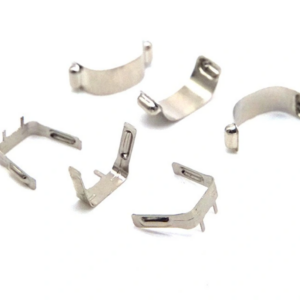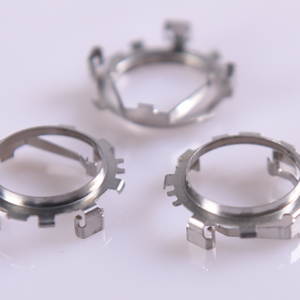One-Stop Custom Metal Service Factory With Extensive Experience
We have served nearly every market by successfully delivering precision metal stampings that meet the most stringent industry requirements. The depth of our engineering, materials and metalforming experience comes into play when a customer presents us with a unique metal part requirement. Chances are we have seen it before – and if not, no company is better qualified to find the right solution quickly and economically. We are a recognized leader in the metal stamping industry because of our expertise, technical capabilities and reputation for responsiveness to our customers.
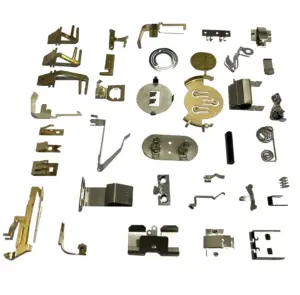
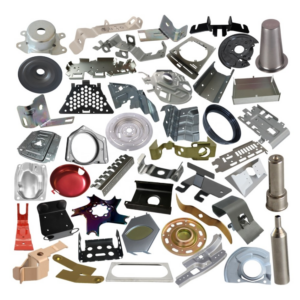
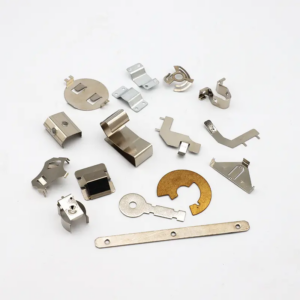
We can design automation equipment according to customer’s product type, which can be applied to all processes of our production, including stamping, injection molding and assembly. We have an in-house automation team composed of mechanical engineers, electrical engineers, software engineers and assembly engineers. Over the years, our automation team has accumulated rich experience, with comprehensive non-standard automation equipment development ability through independent design and manufacture of automation devices, we can achieve mass production at the same time, to ensure the stability and consistency of parts.
Product Information
Stamping process of stamping parts:
1) Shape and angle of Stamping battery shrapnel: The shape design of stamping parts should be as simple and symmetrical as possible to minimize waste during layout. The corners of blanking parts should avoid sharp corners, and appropriate rounded parts should be provided.
2) Minimum hole diameter for punching
The structural size of the stamping battery shrapnel (such as pore size, hole distance, etc.) must take into account the thickness of the material.
3) Minimum hole spacing and hole edge distance
The distance between the holes of the stamping battery shrapnel and between the holes and the edge should not be too small.
Stamping processability of bending parts:
1) When the material is bent, when the bending fillet exceeds the ultimate strength of the material, cracks and breaks will occur, and too small bending fillet radius should be avoided.
2) It is best not to set the R angle greater than 1.5 times the thickness of the material itself. Because the R angle is too large, its rebound is also very large after bending.
3) The bending height of the bending part should not be too long, and H should not be too small, especially when the material t>2mm is too small (remember), it will make bending difficult and it is difficult to obtain parts with accurate shapes.
4) Try not to design the bending line of the bending part in the place where the width changes suddenly.
Our servies
| Product Scope | Surface Treatment | Material | Application |
| Stamping parts | Painting | Stainless steel | Mechanical equipment |
| Metal sheet | Powder coating | Cold rolled steel | Electrical facilities |
| CNC machining Parts | Zinc plating | Zinc alloy | Medical device |
| Lathe parts | Anodization | Aluminium alloy | Fitness equipment |
| Laser cutting | Sand blasting | Brass | Home appliance |
| Pipe fittings | Polishing | Titanium alloy | Automotive accessories |
| Mold/Die | etc | etc | Electronics |
| etc | Lighting |
Hardware precision shrapnel belongs to metal stamping parts, which is a kind of machine spring parts that work on elasticity. It belongs to the category of electronic hardware materials. The hardware precision shrapnel is made of stainless steel or manganese after heat treatment. It is the tension of the switch to form one side, with the help of the conductivity of the metal shrapnel. Hardware precision shrapnel is a kind of machine parts that work on elasticity. Usually made of metal shrapnel steel. It is used to control the actions of machine parts, weaken blows or vibrations, store energy, measure force, etc. It is widely used in machines and instruments. The types of hardware precision shrapnel are complex and diverse. According to the styles, there are spiral metal shrapnel, scroll metal shrapnel, flat metal shrapnel, etc.
